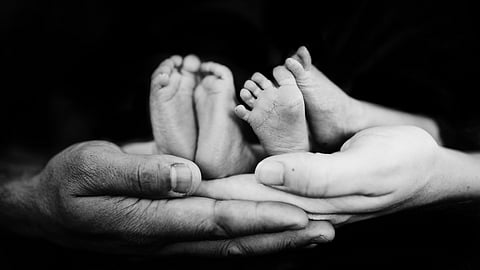A woman from northwest China gave birth to twins in September, each from a separate uterus, as reported by the South China Morning Post (SCMP). Identified only by her surname, Li was diagnosed with a rare condition called uterus didelphys, which affects just 0.3 percent of women globally. This condition results in two fully formed uteruses, each with its own set of ovaries and oviducts.
While the condition itself is highly unusual, Li’s case has been deemed extraordinary due to her successful natural conception and delivery of twins—a boy and a girl—from both wombs. The birth took place at a hospital in Shaanxi province when Li was eight and a half months pregnant. The twins were delivered through a caesarean section, with the boy weighing 3.3 kg and the girl weighing 2.4 kg, both born healthy.
Cai Ying, a senior obstetrician at the hospital, described the case as a "one in a million" occurrence. According to Cai, "Being pregnant in each of the two uteruses through natural conception is very rare. We have only heard of a couple of such cases from both China and abroad." The doctor also noted that women with uterus didelphys often face challenges during pregnancy, including an increased risk of miscarriage, preterm birth, and postpartum complications.
Li had previously suffered a miscarriage at 27 weeks, with the cause remaining undetermined. When she became pregnant again in January, a comprehensive plan was devised by the medical team at the hospital to ensure the well-being of both Li and her twins. The success of the pregnancy and delivery was attributed to careful monitoring and advanced medical intervention.


